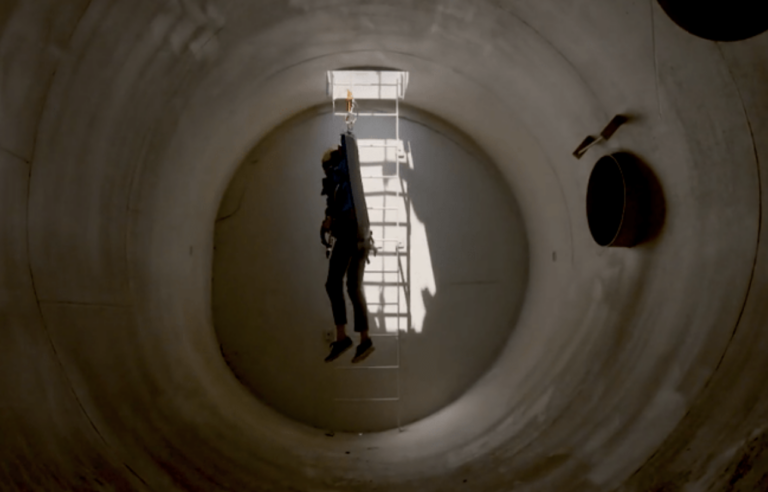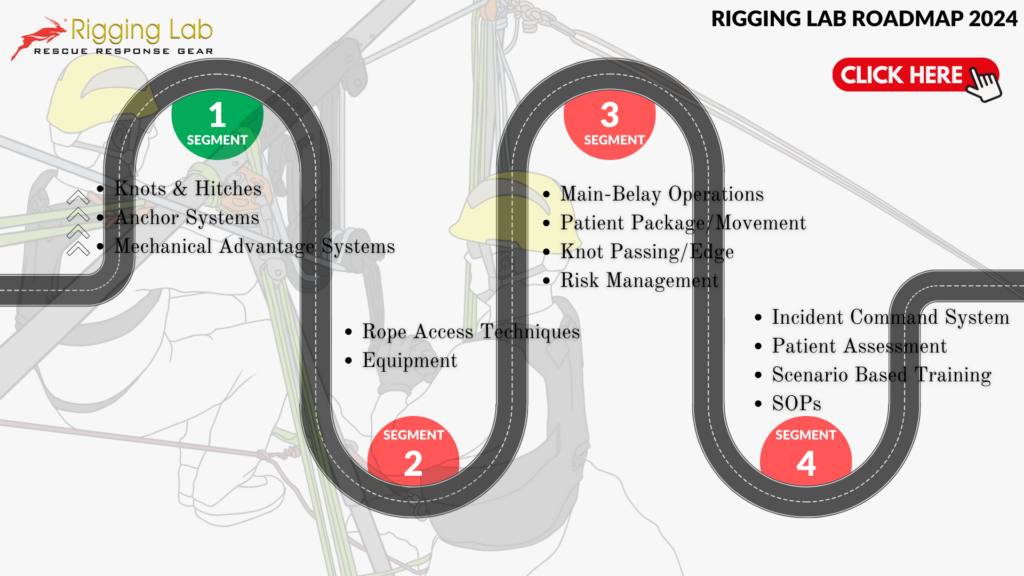When it comes to confined space rescue, preparation and knowledge are paramount. This blog delves into the crucial aspects of confined space rescue awareness as outlined in the NFPA 1670 standard. These strategies and tactics will ensure you are well-prepared to handle any confined space emergency with confidence and competence.
Strategies and Tactics to Consider Before Sending Personnel Into a Confined Space
Before initiating any rescue operation, it is vital to have a comprehensive plan. This includes understanding the specific challenges posed by the confined space and the potential hazards involved. Consider the following strategies:
- Thorough Risk Assessment: Evaluate the confined space for potential hazards, such as toxic gases, limited oxygen, and structural instability. A detailed risk assessment can prevent unforeseen complications.
- Pre-Entry Planning: Develop a clear rescue plan that outlines the roles and responsibilities of each team member. This should include detailed procedures for different scenarios to ensure everyone is prepared for any eventuality.
- Safety Briefings: Conduct regular safety briefings to keep all team members informed about the risks and the rescue plan. This ensures that everyone is on the same page and ready to act swiftly and efficiently.
Monitoring and Calculating Oxygen Levels
Monitoring oxygen levels is critical in confined space rescue. Oxygen-deficient environments can be life-threatening, so it is essential to use reliable monitoring equipment to measure oxygen levels accurately.
- Use of Multi-Gas Detectors: Equip your team with multi-gas detectors that can measure oxygen levels along with other hazardous gases. These detectors provide real-time data, enabling quick decision-making.
- Regular Calibration: Ensure that all monitoring equipment is regularly calibrated and maintained to provide accurate readings.
Air Exchanges, Dilution, Ventilation, and Recirculation
Proper ventilation is crucial to maintaining a safe environment within a confined space. This involves:
- Air Exchanges: Implementing air exchange systems to introduce fresh air and expel contaminated air. This helps in maintaining breathable air quality.
- Dilution: Diluting hazardous gases by increasing the volume of fresh air entering the space.
- Ventilation Techniques: Utilizing various ventilation techniques such as natural ventilation, mechanical ventilation, and positive pressure ventilation to control the atmosphere within the confined space.
- Recirculation: Ensuring that recirculation systems are in place to maintain continuous airflow and prevent the buildup of hazardous gases.
Non-Entry Rescue Plans
Non-entry rescues are preferred as they reduce the risk to rescue personnel. There are two main techniques:
- Using a Stick Click: A stick click is a pole with a hook or similar device used to pull the victim out without entering the confined space. This method is quick and minimizes exposure to hazards.
- Using an Existing Lifeline: If the victim is wearing a harness connected to a lifeline, rescuers can use this line to pull the victim to safety. This method relies on having pre-installed lifelines and trained personnel to operate them.
Understanding Atmospheric Gases
Different gases pose various risks in confined spaces. Common hazardous gases include:
- Oxygen (O2): Essential for life, but too little or too much can be dangerous.
- Carbon Monoxide (CO): A colorless, odorless gas that can be lethal in high concentrations.
- Hydrogen Sulfide (H2S): Known for its rotten egg smell, this gas is highly toxic even at low concentrations.
Patient Considerations
When rescuing individuals from confined spaces, it’s important to consider their medical condition:
- Assessing Vital Signs: Check for breathing, pulse, and responsiveness as soon as the individual is accessible.
- Providing Immediate Care: Be prepared to administer first aid or CPR if necessary. Ensure that medical personnel are on standby to provide advanced care as soon as the victim is extricated.
Advanced Techniques and Equipment
Expanding on the basics, it’s essential to understand and utilize advanced techniques and equipment:
- Mechanical Advantage Systems: These systems, such as the 4:1 mechanical advantage system, are crucial for vertical rescues. They allow for efficient lifting and lowering of rescuers and victims (Rigging Lab Academy) (Rigging Lab Academy).
- Self-Contained Breathing Apparatus (SCBA): SCBAs are necessary for environments with low oxygen or high levels of toxic gases. Training in the use of SCBAs, including donning and doffing, is vital (Rigging Lab Academy).
- Portable Anchors and Tripods: Utilizing tripods and other portable anchors provides stable attachment points for rescue systems. These tools are indispensable in various confined space scenarios, ensuring safety and stability during operations (Rigging Lab Academy) (Rigging Lab Academy).
Conclusion
Confined space rescue requires meticulous planning, continuous monitoring, and a thorough understanding of the hazards involved. By implementing these strategies and tactics, you can enhance the safety and efficiency of your rescue operations, ensuring the well-being of both the victims and the rescuers. Remember, preparation is key to successful confined space rescue missions.
By adhering to the guidelines set forth in the NFPA 1670 standard and incorporating the advanced techniques and equipment highlighted by Rigging Lab Academy, you can ensure your team is well-equipped to handle confined space emergencies with expertise and confidence. Stay safe and stay prepared!











